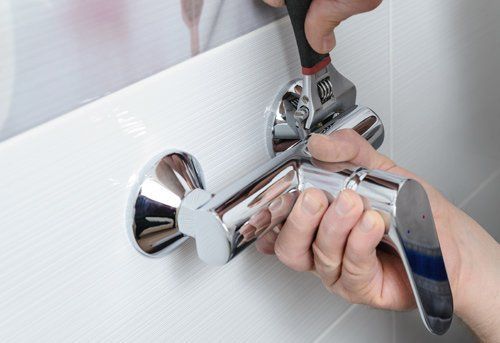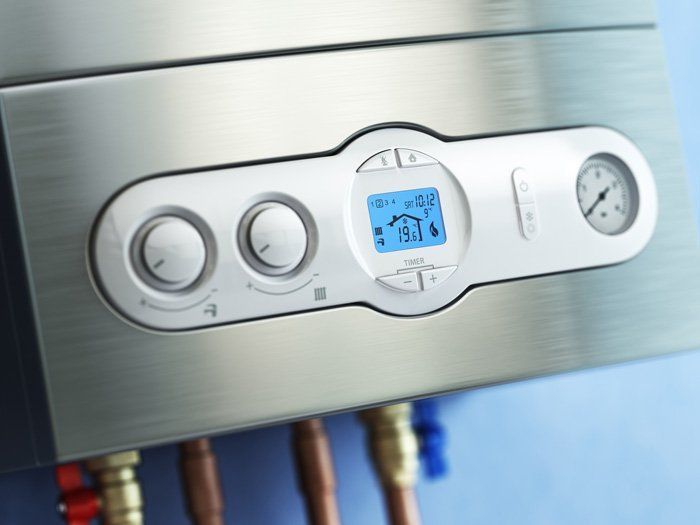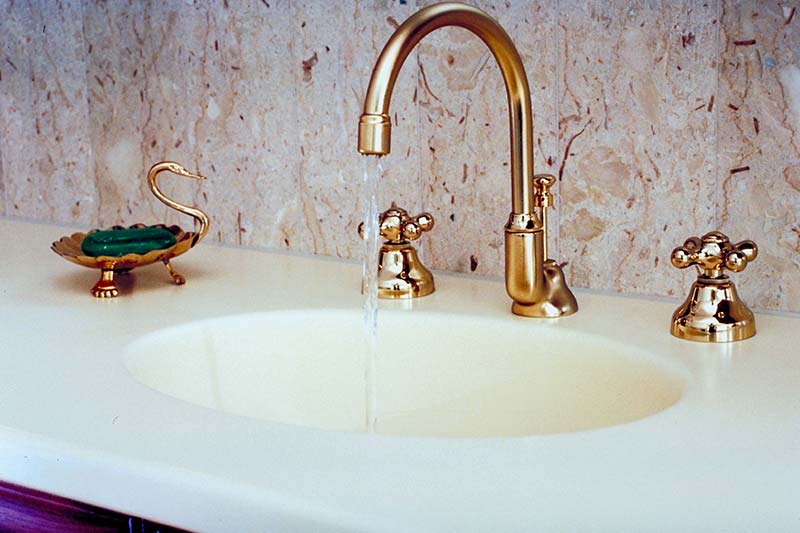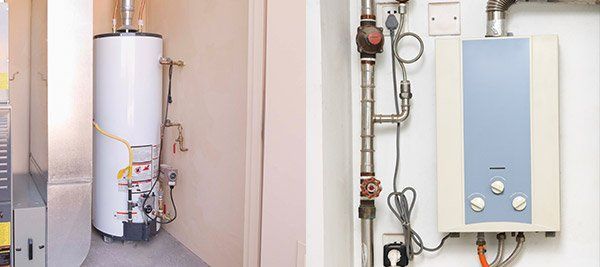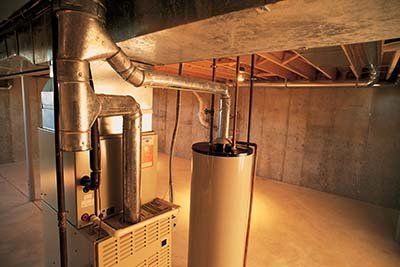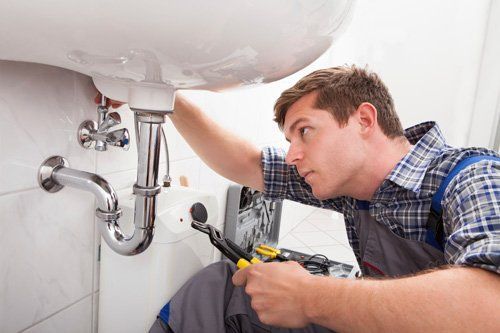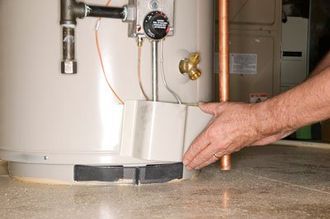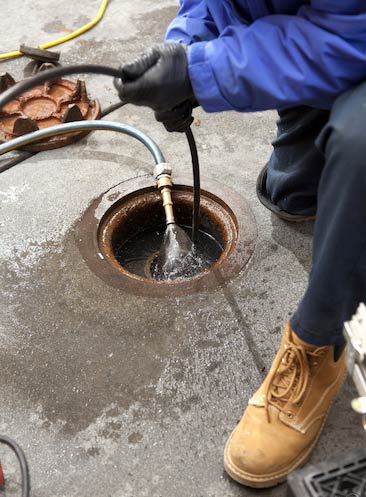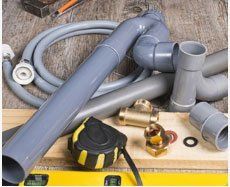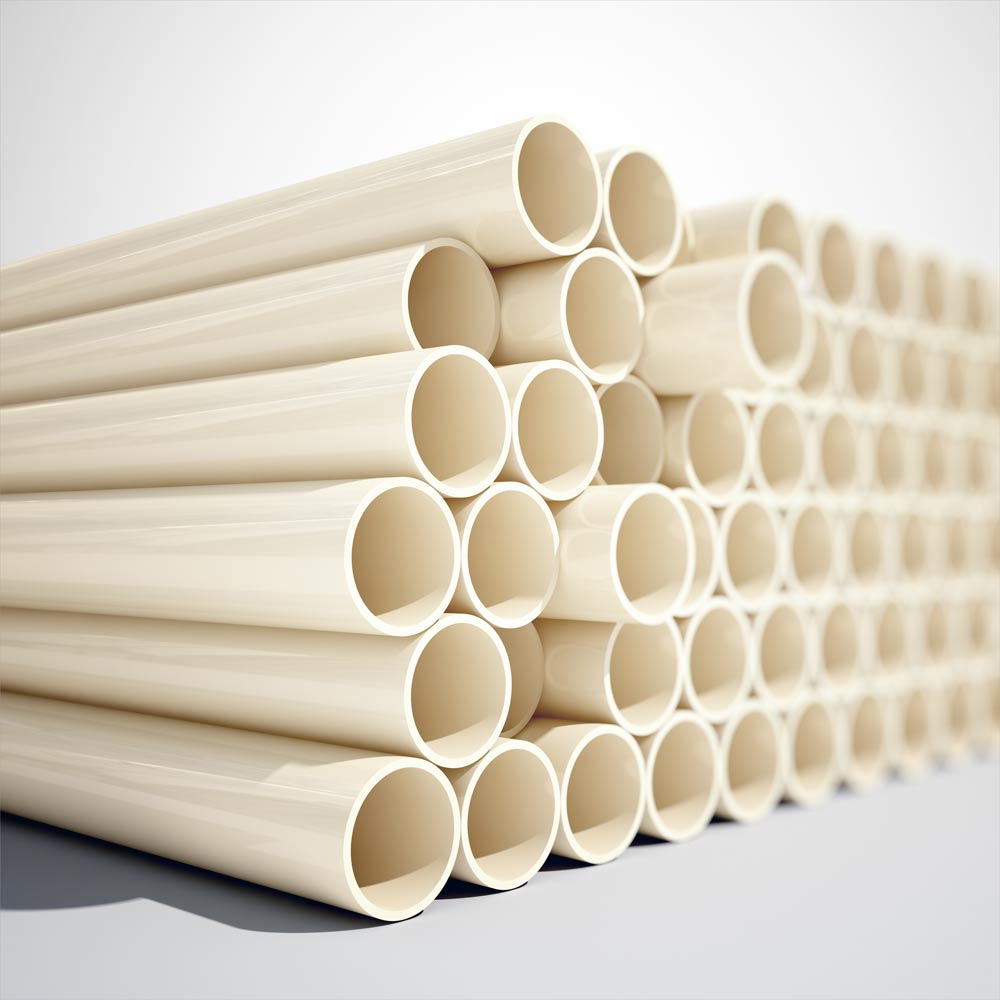
CPVC (Chlorinated Poly Vinyl Chloride) pipe is a type of plastic pipe that can be used for water supply lines inside your home, as opposed to PVC (Poly Vinyl Chloride) pipe, which is only suitable for drainage.
This type of pipe has many advantages over galvanized steel or copper pipe. The material itself is less expensive and installation is less labor intensive than either of the metallic options.
CPVC pipe will not rust or corrode from age or exposure to harsh contaminants in the local water supply, and can connect easily to existing galvanized or copper lines through the use of conversion fittings that are specially designed for that use.
Best of all, installation of CPVC piping involves the use of a type of adhesive cement for connections, eliminating the need for soldering as with copper pipe or wrestling with heavy galvanized pipe to make threaded connections.
What are the tools Required for CPVC Piping Installation?
There are only a few tools needed to install CPVC piping, and some of them are commonly found within the home for various projects, including:
- Hammer. You'll need this for connecting pipe hangers to walls and ceilings.
- Measuring tape. A 25 foot tape is best for longer piping runs, but a 12 foot tape will suffice.
- PVC Chamfer Tool. This tool creates a smooth chamfered (beveled) edge on cut CPVC pipe ends. PVC cutter tool. This tool will provide the clean cuts needed for optimal connections.
Be sure that you have these items nearby before you begin your project.
What Supplies Are Needed for CPVC Piping Installation?
You will need to plan your project before heading for the plumbing supply store so you won't need to make multiple trips in the middle of the installation. This requires measuring the piping that you wish to replace according to pipe diameter as well as noting the connections to existing piping that need to be made. Essential supplies include the following items.
CPVC Pipe
You will usually require 3/4" pipe for the main supply lines and 1/2" pipe for the branch lines that connect to individual faucets and other components in a residential installation.
CPVC pipe is typically sold in 10 foot lengths. Don't confused it with PVC pipe, which is bright white in color. CPVC pipe is a faded off-white color. If you can't tell the difference by color, the type of pipe is printed along its surface along with its diameter.
CPVC pipe is relatively inexpensive, so it's best to purchase a few additional lengths so you are prepared for mistakes in calculations or erroneous cuts.
CPVC Fittings
You will need a selection of fittings both for connecting CPVC to CPVC as well as conversion fittings for connecting CPVC to existing galvanized or copper pipe lines. Examples of CPVC fittings include:
- Couplings connect lengths of pipe together in a straight line.
- Elbows change the direction of the line at a 90 degree angle.
- Tees are shaped like the letter 'T" and split a single line into 2 separate lines. Valves provide a dedicated shut-off for an individual line.
Conversion fittings will vary according to the installation, but may include:
- "Bite" type conversion fitting that can join CPVC to copper pipe through an internal clamping system. Female CPVC to threaded male conversion fitting for connection to galvanized steel piping.
These fittings will allow you to connect the pipes where you need to.
CPVC Primer and Cement
The primer acts as a cleaner and prepares the surface of the pipe for the cement, which actually chemically welds the CPVC pipe to the fitting. Both of these chemicals require adequate ventilation because they can cause respiratory distress among other maladies.
You must also be prepared to make connections swiftly upon application of the cement, because this material sets quickly, leaving little room for error.
It's always a good idea to purchase your supplies at an actual plumbing supply company instead of a home improvement chain store. They will have everything that you need and can answer questions and provide helpful advice for your project. Contact Universal Plumbing Supply for all of your plumbing needs.
